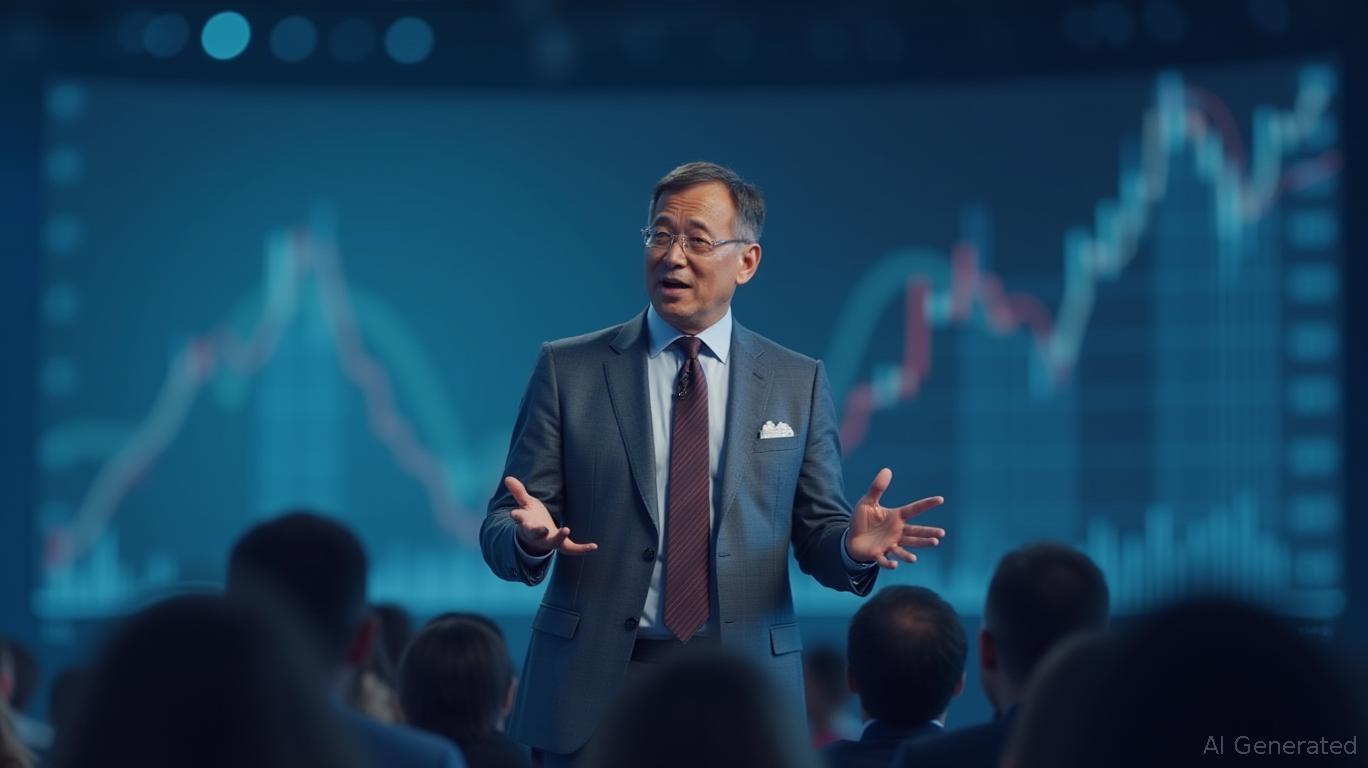"Service-Driven Storm: Why Inflation's Next Peak Defies Traditional Fixes"
The U.S. economy’s core personal consumption expenditures (PCE) inflation is expected to reach a peak of 2.9% in July 2025, according to the latest economic projections compiled by the Bureau of Economic Analysis and private sector forecasters. This figure represents a significant increase from the current core PCE rate of approximately 2.1%, reflecting the persistent pressures from supply chain constraints, rising service-sector costs, and continued wage inflation across key industries [1].
Analysts attribute the anticipated rise in core PCE inflation to multiple factors. The Federal Reserve's gradual approach to tightening monetary policy, combined with strong consumer demand, has kept inflationary pressures elevated. Service-sector prices, particularly in transportation, healthcare, and accommodation, have been key contributors. Additionally, energy prices remain near multi-year highs due to geopolitical tensions in the Middle East and reduced production in key oil-exporting regions [1].
In response to the projected inflationary surge, the Federal Open Market Committee (FOMC) has signaled a cautious stance, with policymakers indicating a potential rate increase in the third quarter of 2025. However, the central bank has also hinted at a more measured approach if inflationary pressures begin to moderate before the year's end. This conditional approach reflects the Fed's desire to avoid over-tightening, which could risk a prolonged recession [2].
The projected 2.9% core PCE rate in July 2025 would mark the highest level since the early 2022 inflation spike, though it remains below the peak of 3.4% recorded in 2022. Economists note that the composition of inflation has shifted, with a greater emphasis on services rather than goods, reflecting broader structural changes in the U.S. economy. This shift complicates monetary policy, as services inflation is less responsive to traditional demand-side interventions [3].
Market participants are closely monitoring the U.S. Treasury yield curve and employment data to gauge the Fed’s next move. The 10-year minus 2-year Treasury yield has been flattening, a potential indicator of looming economic slowdown. Meanwhile, nonfarm payrolls have shown continued strength, with average hourly earnings rising at a 3.8% annual rate, contributing to expectations of wage-driven inflation persistence [4].
The upcoming inflation peak is also expected to have international implications, particularly in emerging markets, where capital flows may slow if U.S. interest rates remain elevated. While the impact will vary by region, analysts warn that countries with high levels of dollar-denominated debt could face increased financial stress in the near term [5].
Source:
